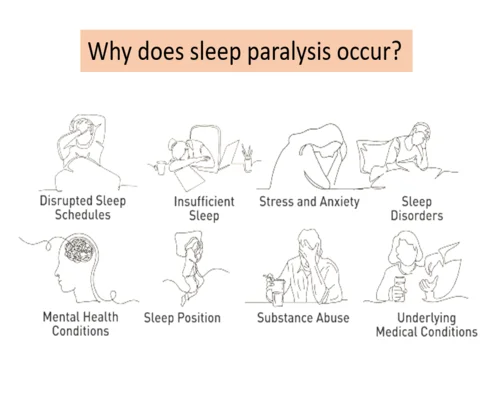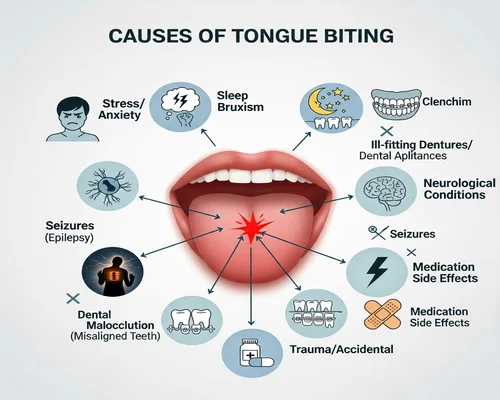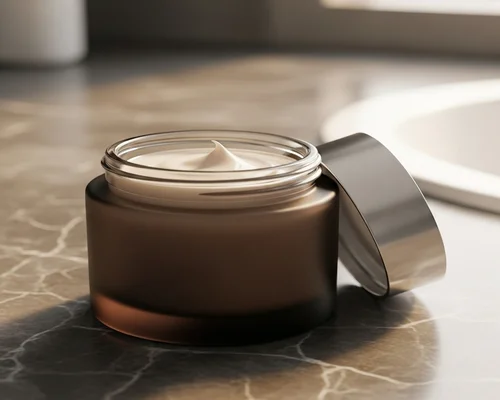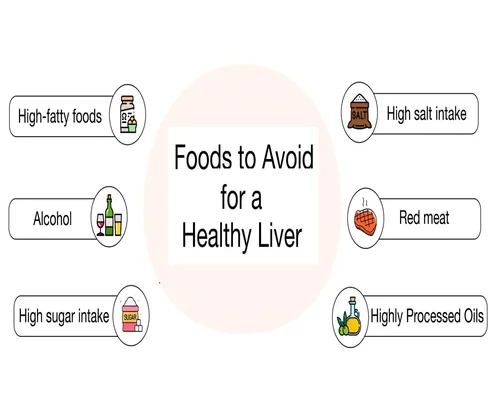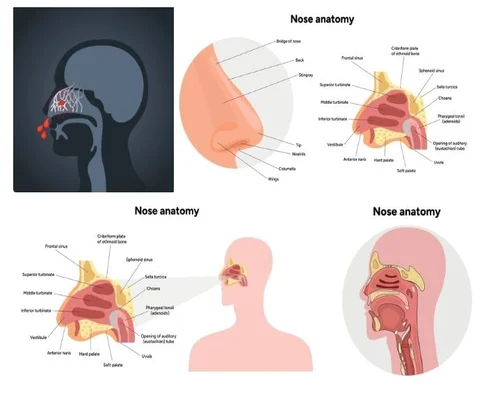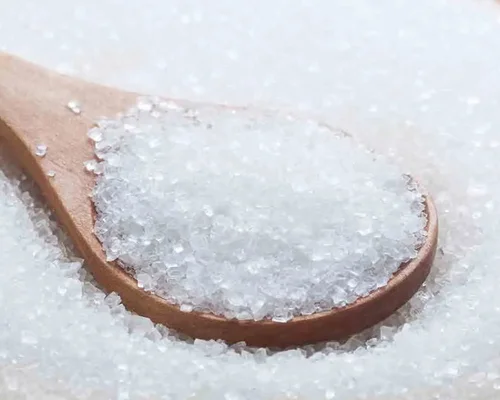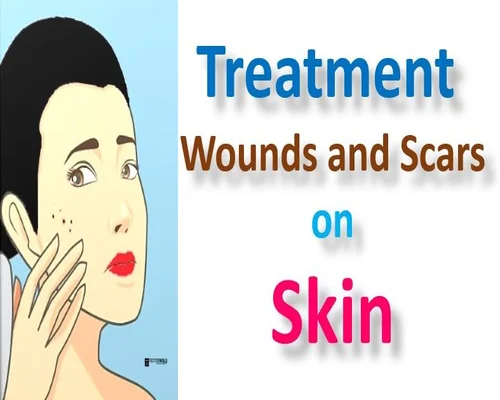
Treatment of Wounds and Scars
There are some skin diseases which after getting better, various scars, cut marks etc. remain on the skin. In addition, scars can remain after the wound has healed. Almost everyone wants his skin to be perfect. So it is the responsibility of dermatologists to remove all these wounds, scars and cuts or scars after the disease has healed. So that they are as visible as possible. We can divide the skin changes due to wounds and injuries into three groups.
The first group changes skin color, the second group identifies the presence of pores on the skin, and the third group changes the skin in an enlarged state.
After the injured skin has healed due to mechanical or electrical reasons, the skin has turned white after the discoloration of the injured skin. Some skin diseases such as acne, psoriasis, etc. do not show any inflammation, but white spots may appear on the skin. On the other hand, there are other skin diseases that cause black spots on the skin after healing. However, the changes that are taking place in the second group are the formation of sores or pores on the skin. When the disease damages the dermis inside the skin, it causes holes or cuts. Diseases that cause pores on the skin include smallpox, chicken pox, acne, etc. The third group shows several changes. As the skin grows, so does the beauty. This can lead to various diseases, skin lesions, infections and subsequent operations. This increased condition of the skin is called keloid. If the keloid is newly formed, it will look pink, while the old keloid will look brown or close to the skin sunlight color. There may be severe itching or pain, sometimes sores, with many functional or growing keloids. However, in the case of this increased condition of the skin, such as keloid formation or hole formation, there may be significant differences between the individual and different parts of the body. In some cases, keloids may form on their own, although injured skin may not be visible from the outside.
Treatment: Whether the skin color becomes white or black, they can return to normal over time without any treatment. But it can take months or even years. It will depend on the actual color of the skin. However, initial treatment involves the use of steroid creams to whiten the skin, as well as the temporary use of hydroquinone to whiten or darken the skin. In some cases the lost color actually changes over the whole area, but the normal color may not be created. In all of these cases it may be necessary to use steroid creams locally or in particular cases to start the surgical procedure. On the other hand, skin that has holes or sores may require major treatment. Although many do not realize that wounds or scars do not last forever. This is because the scars or burns or burn marks may change and become less visible or lighter than before. However, the pace of this change is extremely slow. As a result, these problems are always obvious and may require treatment. Another thing to keep in mind is that if the color of the pores or burns is different from normal skin, then before major surgical treatment for blemishes or pores etc., their color should be brought back to normal skin color, then go to the next treatment. . Since the cosmetic aspect is more important. Therefore, patients should be informed that there are some risks involved with this type of treatment. These should be properly explained to patients. Because if there are spots or holes, there is no benefit in having a big operation. In many cases there is no aesthetic cause or treatment for the scar or hole which is absolutely not important. On the other hand, the medical system depends on the nature of the hole, whether it is high or low, etc., or where the body is, or how big it is. Large scars or holes can be easily treated. It does not require skin pens.
A small hole or scar can be removed below the normal level of the skin surface by pushing a kind of collagen injection into the surface and lifting it over the skin. Dermatitis is beneficial for those who have a lot of pores on their skin as a result of spring. But in our country climate this process is not convenient. After surgery, cuts, wounds, etc., excess flesh may grow on the skin, which is called keloid. Many things need to be considered before treating them. This is because if the radiation treatment is not done after the operation, then removing the increased keloid from the skin can create bigger keloid.
It is possible to reverse the growth of keloids by radiation. It can be treated topically with trimethoprim injection. Such injections should be applied weekly and until the keloid is equal. Although this type of treatment does not completely eliminate keloid, it is possible to reduce its size and shape.
Ultimately the success of all these treatments depends on the patient patience and cooperation, the sincerity and experience of the physician.
---------
Tags: scar treatment, scars, treatment for scars, how to get rid of scars, get rid of scars, how to get rid of scars on face, breakthroughs in the treatment of burn scars, acne scar treatment, remove scars, wound, scar treatment before and after, treatment for acne scars, laser treatment for scars, scar and wound home care, how to get rid of scars on legs fast, how to remove old scars




